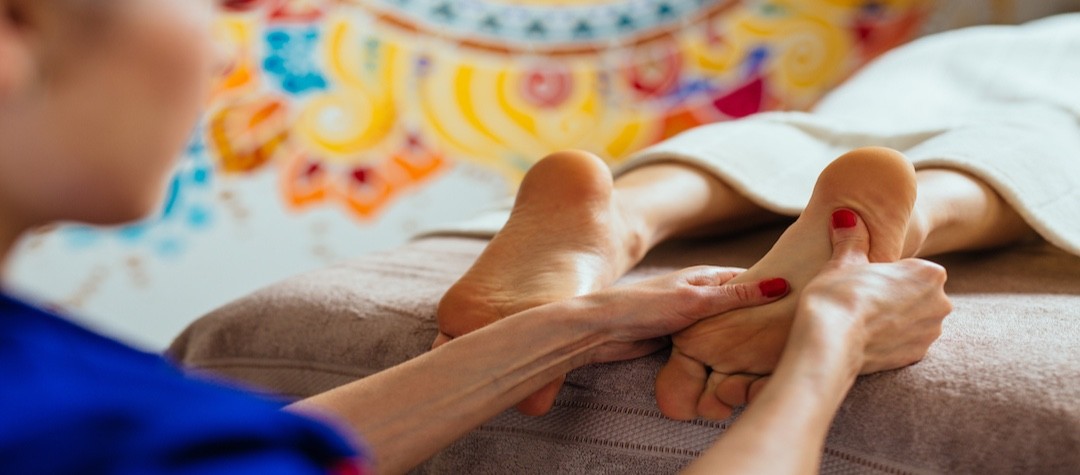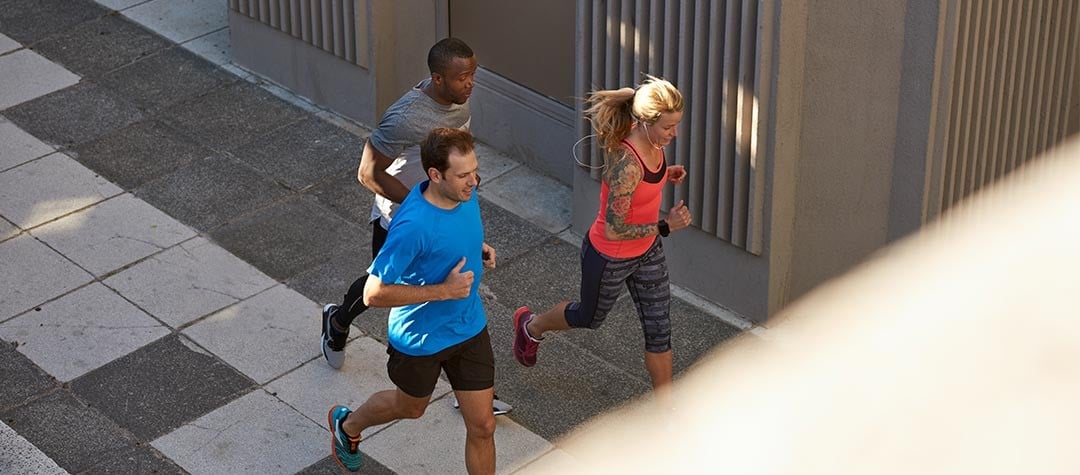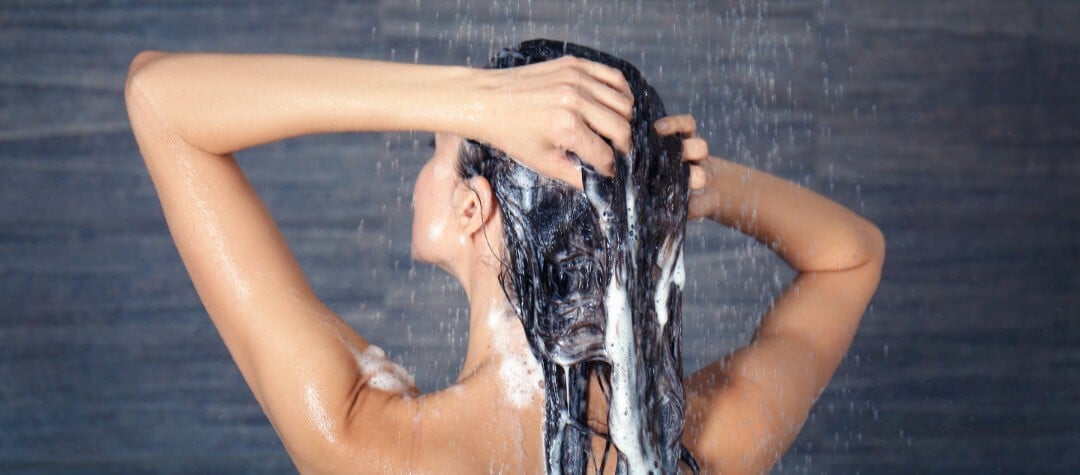Reflexology is a foot massage that works by placing pressure on specific points all over the feet. Each point is said to be linked by meridians (energy pathways) to areas and organs of the body.
What is reflexology?
Think ‘reflexology’ and most people will associate it with a treatment involving the feet and while that is true, the treatment’s effects will be felt over the entire body. Reflexology is a natural healing art, based on the principle that there are reflexes in the feet which correspond to parts of the body and stimulating and applying pressure to that part of the foot, can increase circulation and promote specific bodily and muscular function.
The art of reflexology dates back to Ancient Egypt, India and China, but the modern-day approach was developed in the early 1900s by Dr William Fitzgerald, who introduced the therapy to the western world as ‘zone therapy’. This was further developed in the 1930s by Eunice Ingham into what is now known as reflexology.
Your first reflexology session will usually involve the practitioner having a preliminary talk with you about your lifestyle and your past and present health. During this you should be as honest as possible. The reflexologist will then use their hands to apply pressure to the feet with a treatment session usually lasting about one hour.
What is the purpose of reflexology?
Reflexology is used to encourage the body to work naturally in order to restore its own healthy balance. The treatment involves direct pressure on all parts of the foot some of which will be more tender than others.
Tenderness of the feet is taken to indicate a build-up of crystalline deposits under the skin and an imbalance in the corresponding organ or body part. Reflexology is thought to break down the crystalline deposits, remove blockages in nerves and energetic pathways, improve the body’s blood supply and aid detoxification.
What are the benefits of reflexology?
Reflexology has been shown to be effective on people of all ages for a number of ailments including back pain, migraine, infertility, arthritis, sleep disorders, hormonal imbalances, sports injuries, digestive disorders, and stress-related conditions.
Even one session of reflexology alone can be of use, as it will induce a sense of calm and relaxation, so much so, in fact, that many people actually find it difficult to stay awake. For others, the treatment may initially bring on feelings of lethargy or tearfulness, but this is considered to be part of the healing process and will pass.
After completing a course of reflexology for a specific condition, it is considered beneficial for many to continue with regular treatments in order to maintain their health and well-being.














